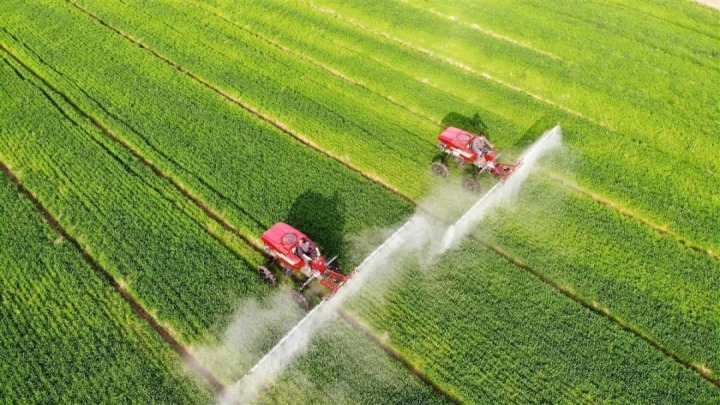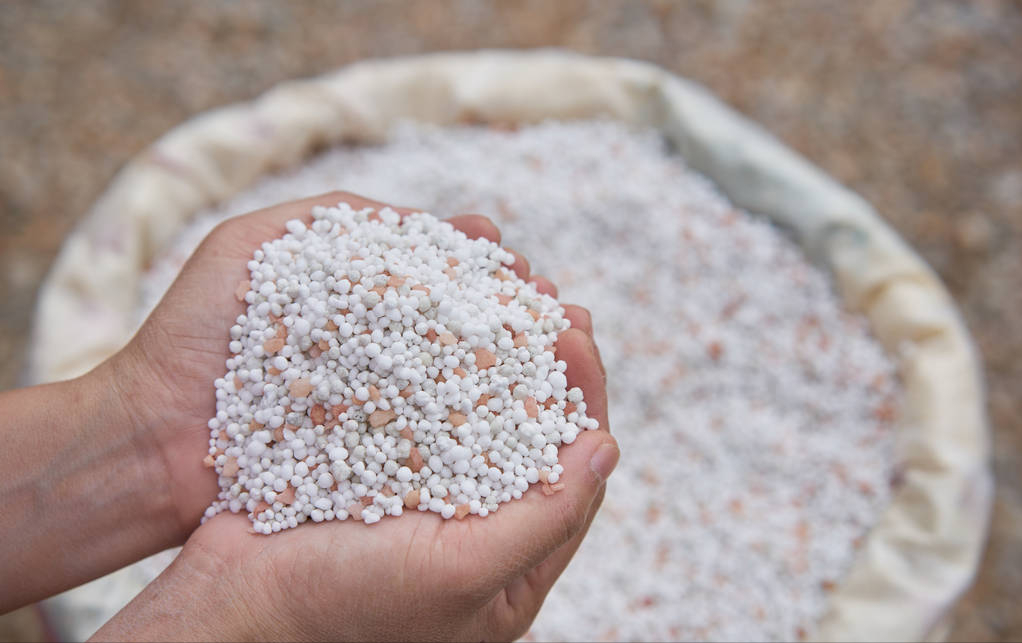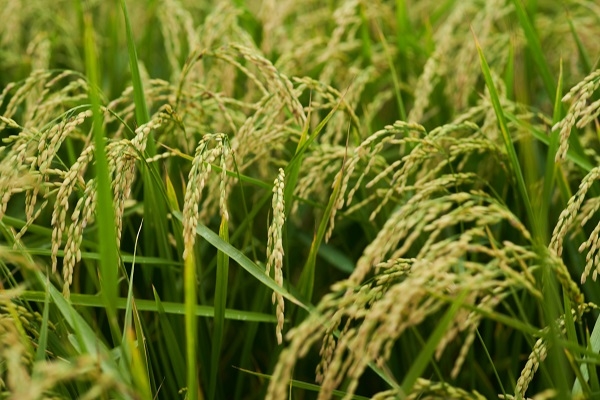Industry news
What will happen to fertilizer prices in China in 2023?
Writer: MAYHARVEST Time:2022-09-28 14:32:33 /p>
Since the beginning of this year, due to the global COVID-19 epidemic, the Russia-Ukraine war, the energy crisis and other factors, the international prices of grain, fertilizer and other commodities have fluctuated greatly. The overall production and supply of fertilizer have faced severe challenges, and the prices have also fluctuated greatly.

What will happen to domestic fertilizer prices in 2023?
Nitrogen fertilizer: Typically, one ton of nitrogen fertilizer uses 1.5 tons of coal or 615 cubic meters of natural gas. Coal or natural gas is converted into ammonia, which is then synthesized into urea, the main form of nitrogen fertiliser, and a shortage of natural gas is at the back of the neck.
The current domestic urea enterprise operating rate gradually picked up, the market urea supply will be guaranteed, but after entering the heating season, combined with the international natural gas supply is tight, or domestic natural gas supply will be affected, it is expected that later urea price fluctuations mainly, winter storage period or some increase.

Phosphorus fertilizer: The price of phosphorus fertilizer is affected by the demand for phosphorus chemical industry promoted by power batteries in the past two years. Combined with the rising energy price, the cost of power and chemical raw materials increases, and the high production cost of phosphorus fertilizer leads to the price increase.
Due to the lack of support for the international price of diammonium and the falling price of raw materials such as sulfur, the price of diammonium is expected to be basically stable or with small fluctuations in the future market. However, if the international market environment fluctuates and the international raw material supply is limited, the supply of phosphorus fertilizer in China may be affected to some extent.

Potash fertilizer: Potash fertilizer is closely related to the international situation such as the conflict between Russia and Ukraine. If the export of potash fertilizer such as Russia is relaxed, the domestic potash fertilizer price will fall, and if the export is tightened, the domestic potash fertilizer supply will also be affected. Therefore, the subsequent trend of potash fertilizer will follow the conflict between Russia and Ukraine, and the price fluctuation is uncertain.
The global potash industry is also facing US and EU sanctions on Belarusian potash sales. In addition, trade in Russian fertilisers has been affected by the sanctions imposed on many shippers, banks and insurance companies and the difficulties of servicing Russian exports.

conclusion
The following are the key factors that are driving the market right now: Fed rate hike, macro tightening, commodity price retreat; Fertilizer prices are historically high, and downstream purchasing power is generally insufficient; The impact of geopolitical conflicts still exists, and supply effectiveness is insufficient.
Therefore, in the short term, although fertilizer prices have fallen a lot, but there is still room for adjustment, until the supply and demand balance; In the medium term, energy markets across Europe are very tight, which means that there could be tight or high fertilizer prices later this year and into 2023, and world food shortages.
PRODUCT
LATEST NEWS
- MAYHARVEST WAS INVITED TO PARTICIPATE IN THE DRIVING CEREMONY OF THE HUMATE DEVICE WITH AN ANNUAL OUTPUT OF 50,000 TONS IN -HEISE ECOLOGICAL TECHNOLOGY---CHINA'S LEADING HUMIC ACID ENTERPRISE
- Effects of Different Liquid Organic Fertilizers on Cotton Growth and Soil Nutrients---liquid organic fertilizer containing humic acid (HF)
- International Ammonium Phosphate Memorabilia(2)
- International Ammonium Phosphate Memorabilia
- Russia is considering export duties on all types of fertiliser
CONTACT US
Phone: 008617313349828
WhatsApp: 008617313349828
Email: info@mayharvest.com
Add: FLAT/RM B 5/F GAYLORD COMMERCIAL BUILDING 114-118 LOCKHART ROAD HONG KONG